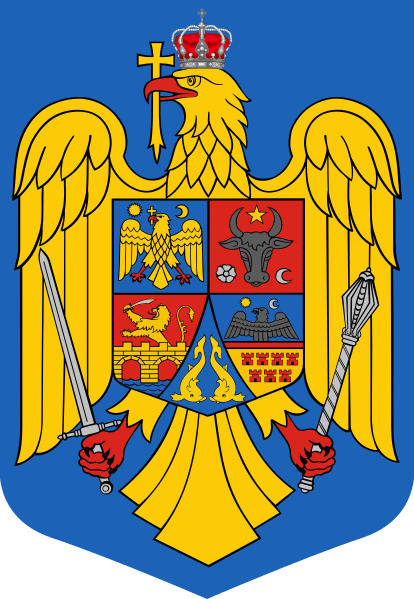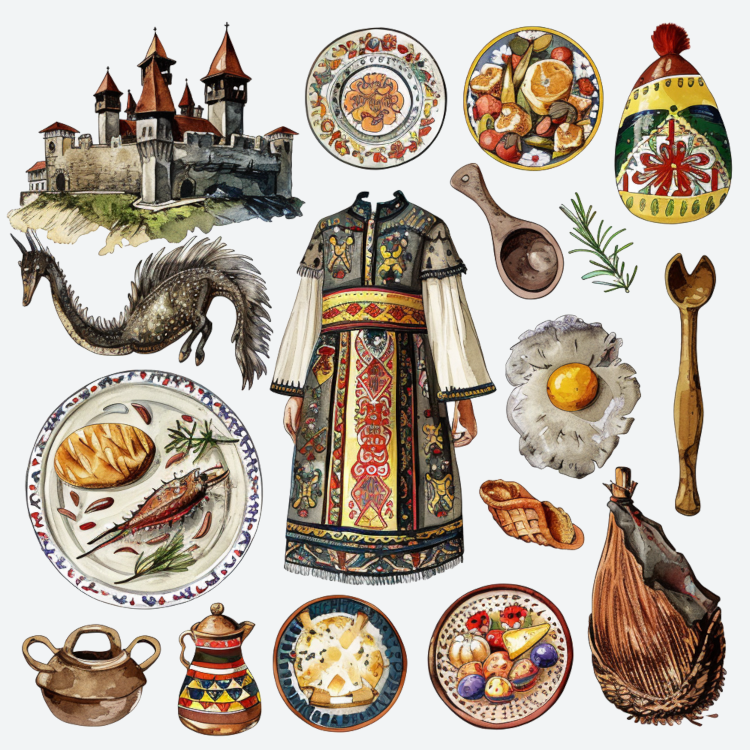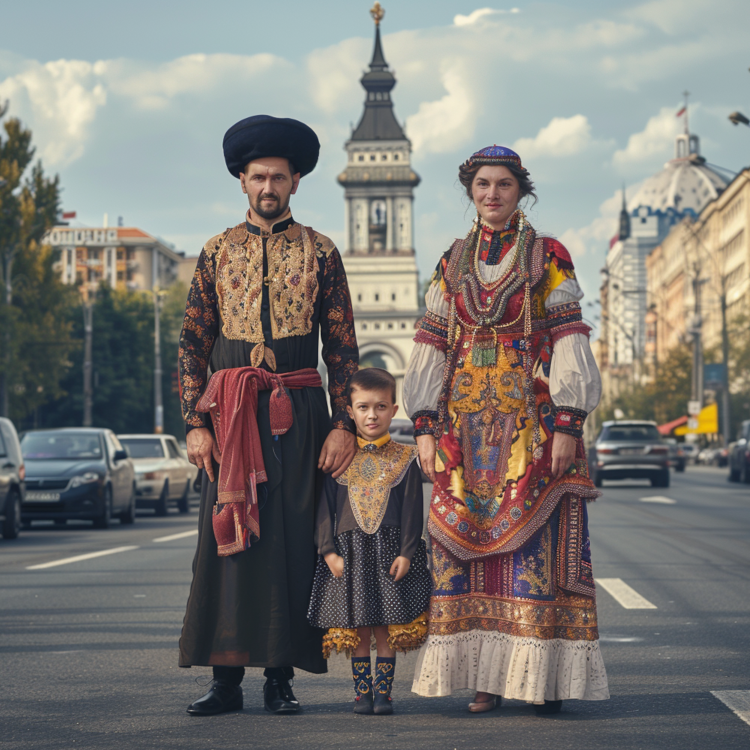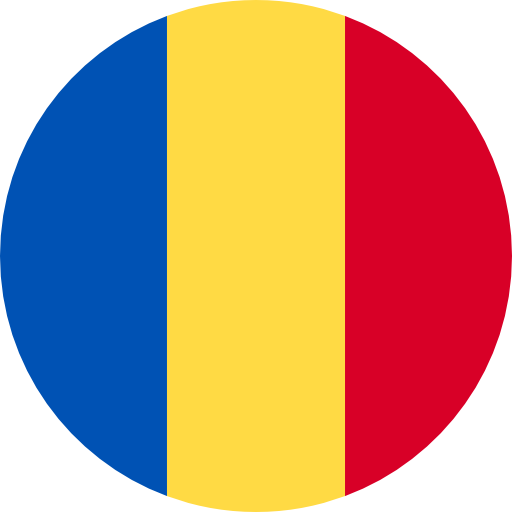About RO

Romania is a country located in southeastern Europe, bordered by Ukraine, Moldova, Hungary, Serbia, and Bulgaria. It has a population of approximately 19.5 million people and covers an area of 238,391 square kilometers. The capital and largest city is Bucharest.
The official language is Romanian and the currency is the Romanian leu. Romania is a semi-presidential republic with a president as the head of state and a prime minister as the head of government.
Romania has a diverse landscape, with the Carpathian Mountains covering about one-third of the country, and the Danube River forms the southern border. The country has a rich cultural heritage, with notable contributions to literature, music, dance, theater, and art. Romania is also known for its cuisine, which features hearty dishes like mici (grilled meat rolls) and sarmale (stuffed cabbage rolls).
Romania has a mixed economy with a focus on services, industry, and agriculture. The country is a member of the European Union, NATO, and the United Nations.

National Culture Objects
Dracula’s Castle (Bran Castle)
Bran Castle, commonly known as Dracula’s Castle, is associated with the Dracula legend and Vlad the Impaler. It symbolizes Romania's rich history and folklore.
Mămăligă
Mămăligă is a traditional Romanian dish made from cornmeal, often served as a staple food. It represents the country’s rural culinary heritage.
Romanian Folk Costumes
Traditional Romanian folk costumes are colorful and richly embroidered, symbolizing the country's cultural heritage and regional diversity.
Dacian Draco
The Dacian Draco is a dragon-shaped standard used by the ancient Dacians, symbolizing Romania's ancient history and warrior spirit.
Painted Monasteries of Bucovina
The Painted Monasteries of Bucovina, with their exquisite frescoes, are UNESCO World Heritage sites. They represent Romania's religious and artistic traditions.
Easter Eggs (Ouă Încondeiate)
Decorated Easter eggs, known as Ouă Încondeiate, are a traditional Romanian art form, especially in rural areas. They symbolize creativity and cultural heritage.
Sarmale
Sarmales are traditional Romanian cabbage rolls stuffed with meat and rice, representing the country's rich culinary traditions.
The Carpathian Mountains
The Carpathian Mountains are a significant natural feature of Romania, symbolizing the country’s natural beauty and outdoor adventure opportunities.

The national anthem of Romania is called "Deșteaptă-te, române!" which translates to "Wake up, Romanian!" in English. It was written in 1848 by Andrei Mureșanu, a poet and revolutionary, and has since been adopted as the official anthem of Romania.
The anthem is a patriotic call to action, urging Romanians to awaken and fight for their country's freedom and independence. The chorus of the anthem is as follows:
"Deșteaptă-te, române, din somnul cel de moarte,
În care te-adânciră barbarii de tirani!
Acum ori niciodată croiește-ți altă soartă,
La care să se-nchine și cruzii tăi dușmani!"
Translated into English, the chorus means:
"Wake up, Romanian, from the sleep of death
In which you have been sunk by the barbaric tyrants
Now, or never, make a new fate for yourself
To which even your cruel enemies will bow."
The anthem is typically played on national holidays and important state occasions, as well as at the beginning and end of radio and television broadcasts.


